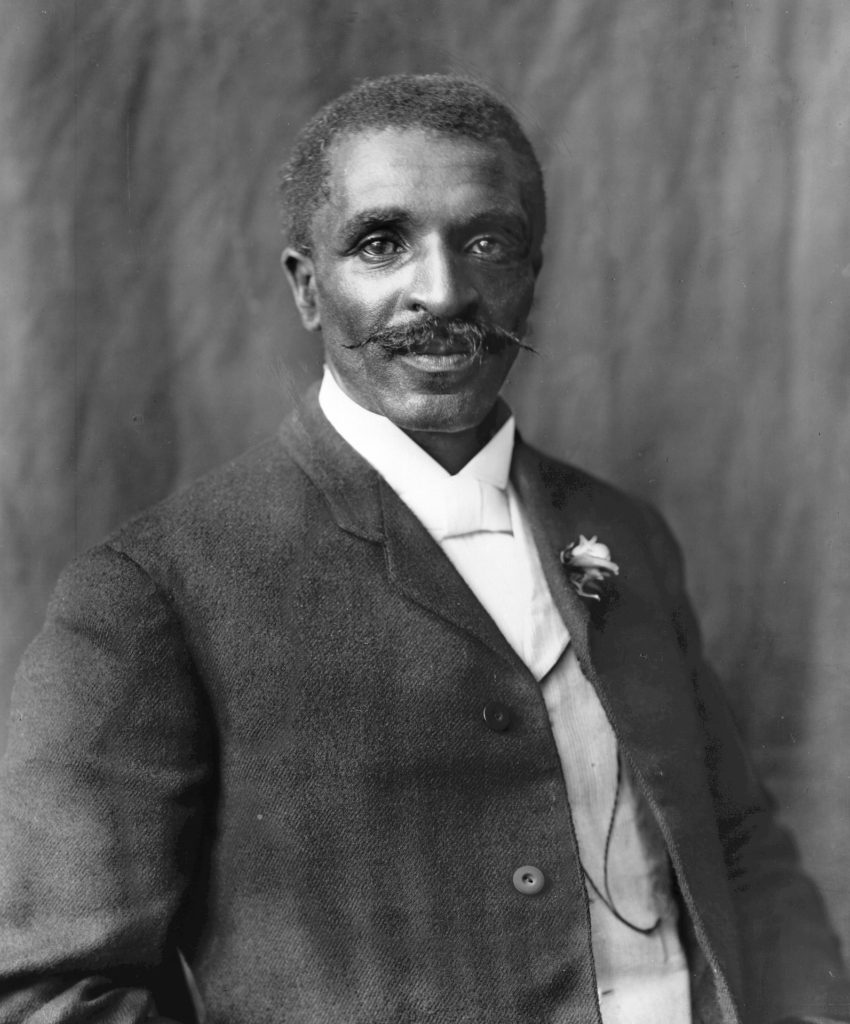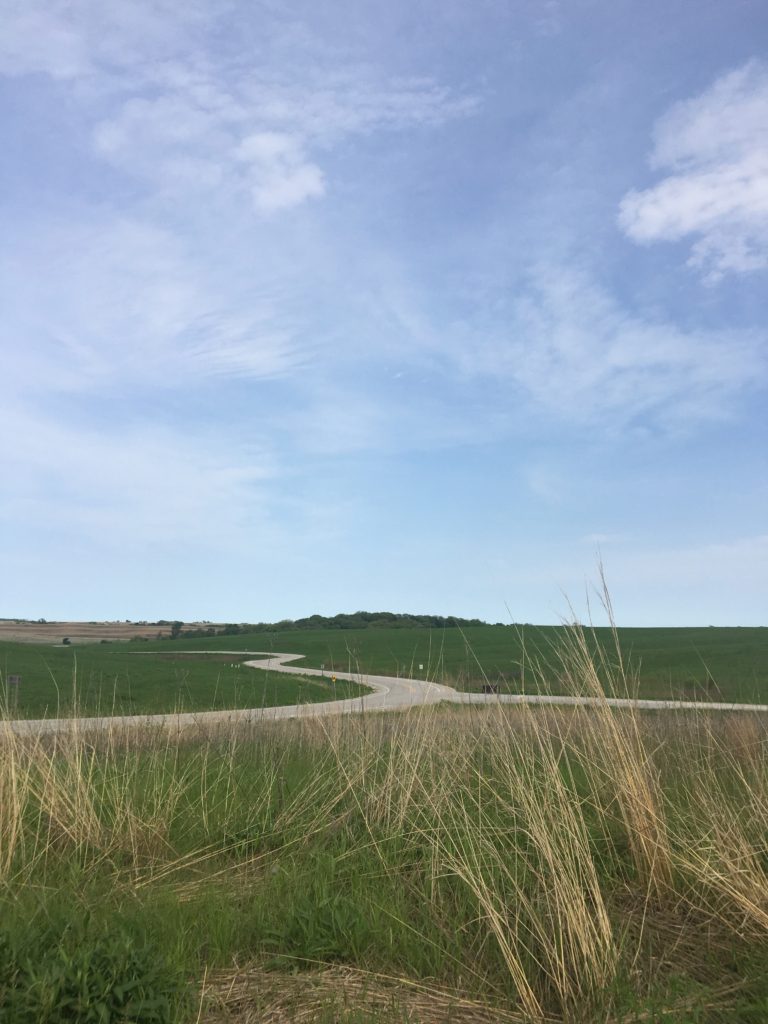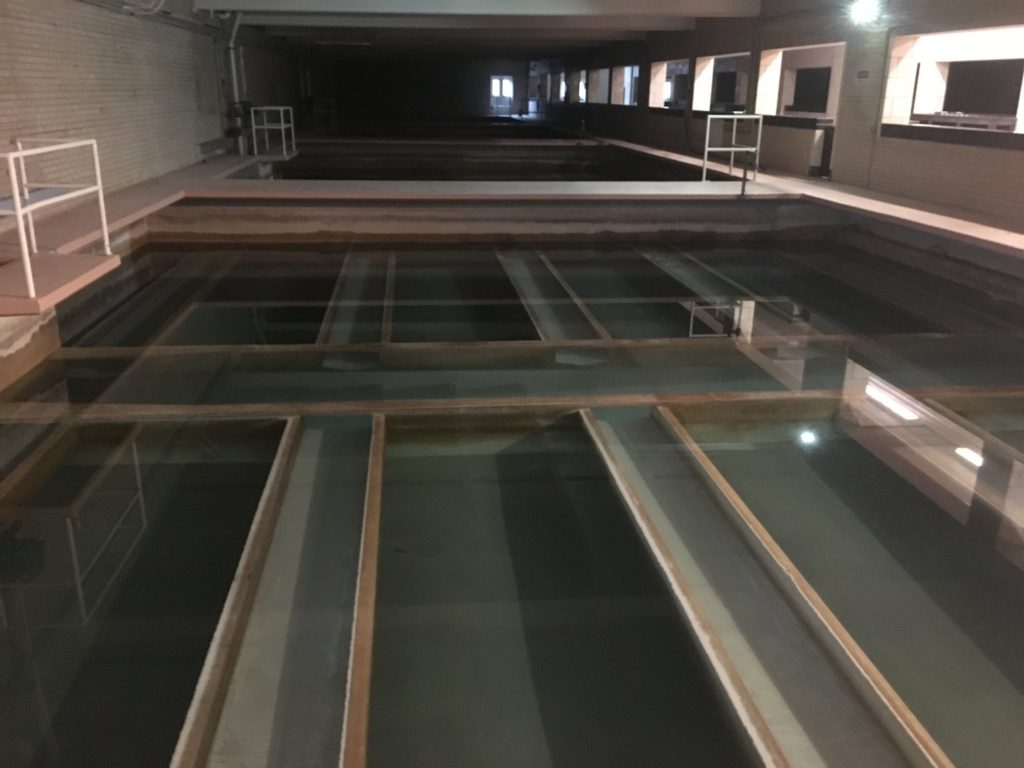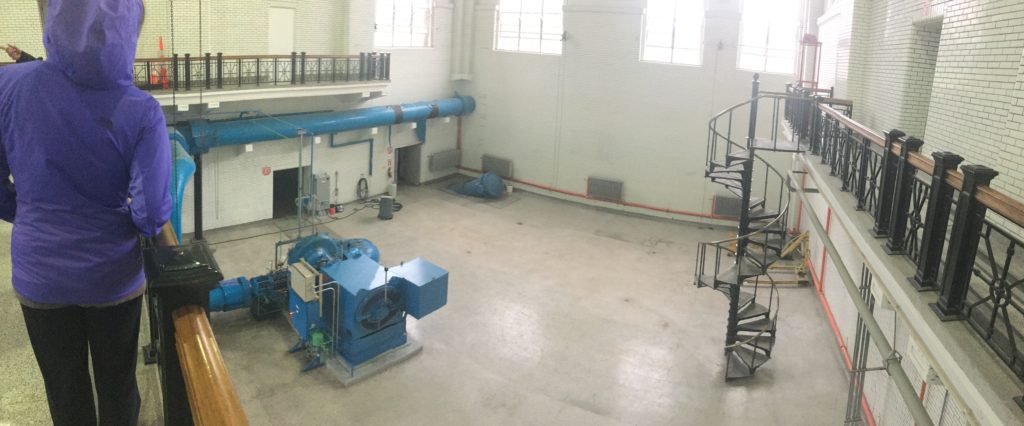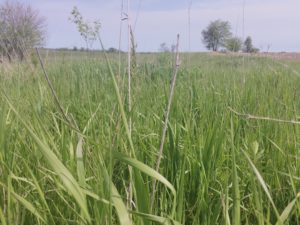I woke up to the sound of my alarm to find that it was pouring rain outside. It continued to rain through breakfast and through our drive to Grinnell Heritage Farm where we met Andy Dunham and his employee Eric. We arrived at 9 am and the second we arrived we were bombarded with aggressive arguments against conventional ag. This continued for a while until they realized that we were not the enemy, and we shared a lot of similar views after nine days in Iowa. After we got the politics out of the way, we went out to look at the farm. Some of it was planted and some things were still in the transport pots. It was much smaller than I had thought it would be. Heritage Farms is the largest organic vegetable farm in Iowa. It is around 25 acres. The difference is that each acre has a much higher value than a conventional farm of corn or soy beans. It was cool to see how productive a small area of land can be. We talked with Omar yesterday, the man working with the STRIPS project that just became part of the Farm Bill. Andy plants buffers between his crops but does not do it through any government funded project. He said that he does not go through the government because he wants to be able to do whatever he wants with the buffers without regulations or requirements. I think that the idea of STRIPS is seeking a solution for people like Andy who want more freedom with their strips. Andy said that all of the prairie plants in his buffer zones were native to the area so it seems like they would qualify if he were to look into it. With all of the perspectives I have been given, I think that I fall somewhere that promotes more diversity and a smaller scale but does not totally aim to cut out existing systems.

For lunch we went to a local restaurant called Relish. It is family owned and the family opened the restaurant up for us during hours when it was usually closed. It was good food and conversation.
We met another Adam in the afternoon at Red Earth Gardens in the Meskwaki Indian Settlement. Adam Ledvina led us around the Red Earth Garden to show us how it works and what they are growing. They work with members of the tribe that have gotten a rough start to life. They hope to rehabilitate people and give them a new beginning. Diabetes is also a problem among Native American populations and the farm also helps to spread awareness of healthy foods and ways you can incorporate them into a diet.
Tomorrow marks the first day of our overnight travels so we are all getting to bed early tonight to prepare.


